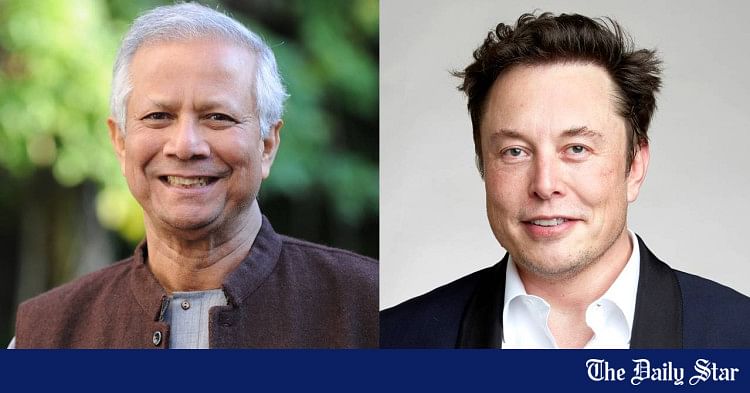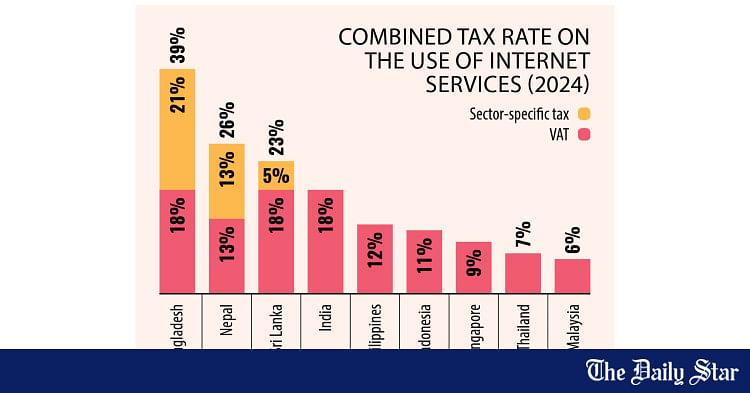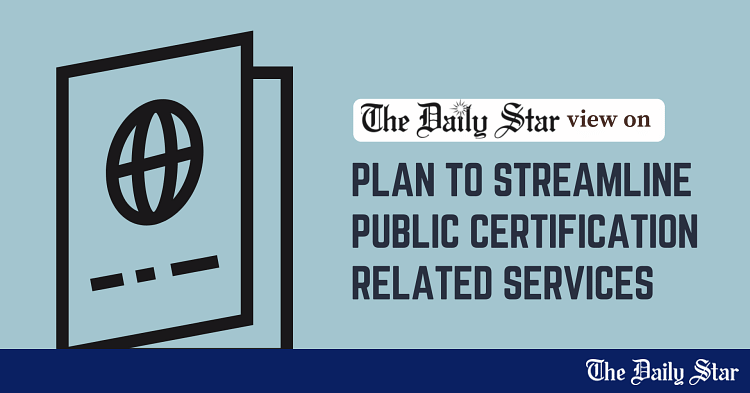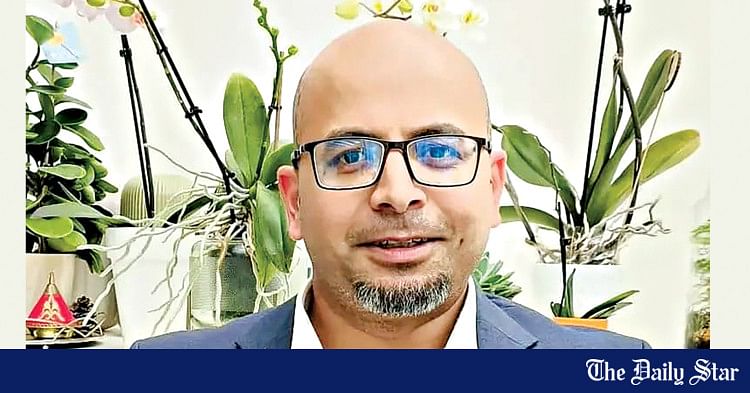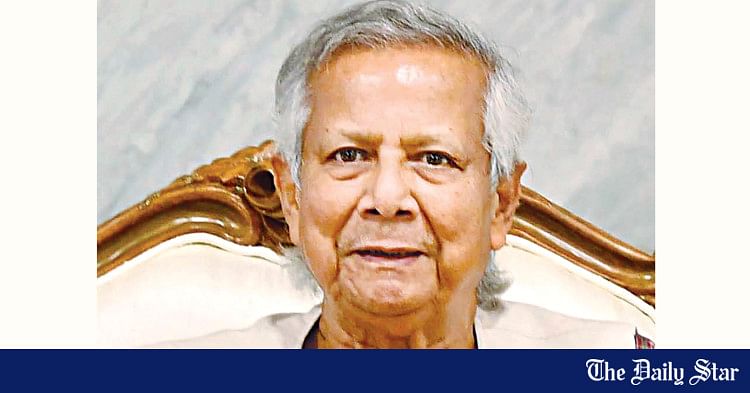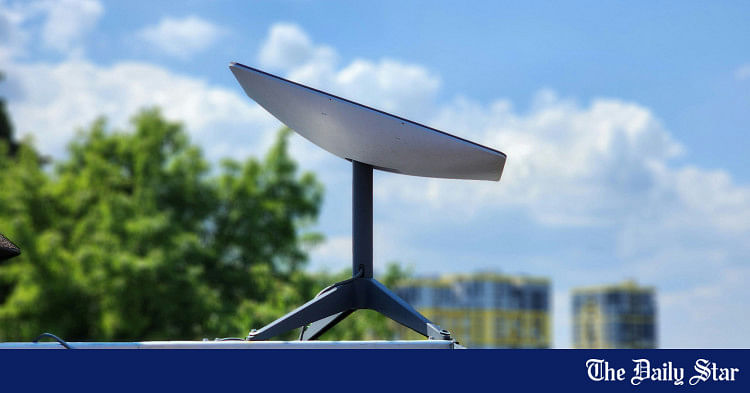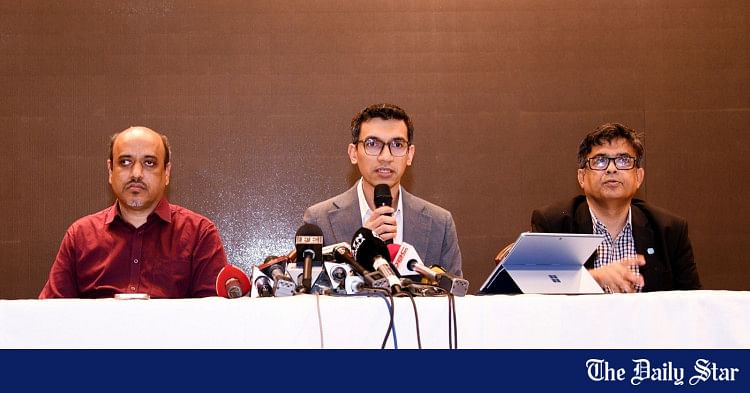- Copy to clipboard
- Thread starter
- #101
Saif
Senior Member
- Joined
- Jan 24, 2024
- Messages
- 15,397
- Reaction score
- 7,865
- Points
- 209
- Nation

- Residence

- Axis Group


Veon eyes space-based connectivity for Bangladesh in partnership with Starlink
Veon CEO Kaan Terzioglu revealed the plan during an interview with Bloomberg at the World Economic Forum in Davos.
Veon eyes space-based connectivity for Bangladesh in partnership with Starlink
Veon CEO Kaan Terzioglu revealed the plan during an interview with Bloomberg at the World Economic Forum in Davos.

Veon Ltd, a Dubai-based telecommunications company, is exploring opportunities to bring satellite-powered cellular services to Bangladesh in partnership with Elon Musk's Starlink.
The move aims to bridge connectivity gaps in areas where terrestrial networks fall short, particularly during natural disasters such as floods or periods of energy shortages.
Veon Chief Executive Officer Kaan Terzioglu revealed the plan during an interview with Bloomberg at the World Economic Forum in Davos.
"It's not only about the war situation. Terrestrial networks have their limits," Terzioglu said.
"During times of floods or energy deficiencies, which our markets are exposed to, we truly believe that markets need both space-based and terrestrial network coverage."
Veon's Ukraine subsidiary, Kyivstar PJSC, has already partnered with Starlink to provide satellite-to-cell services.
A Banglalink official stated that if Veon and Starlink partner to enter Bangladesh, the service would be provided through Banglalink.
Veon owns Bangladesh's third-largest mobile operator, Banglalink.
Veon CEO Kaan Terzioglu revealed the plan during an interview with Bloomberg at the World Economic Forum in Davos.
Veon Ltd, a Dubai-based telecommunications company, is exploring opportunities to bring satellite-powered cellular services to Bangladesh in partnership with Elon Musk's Starlink.
The move aims to bridge connectivity gaps in areas where terrestrial networks fall short, particularly during natural disasters such as floods or periods of energy shortages.
Veon Chief Executive Officer Kaan Terzioglu revealed the plan during an interview with Bloomberg at the World Economic Forum in Davos.
"It's not only about the war situation. Terrestrial networks have their limits," Terzioglu said.
"During times of floods or energy deficiencies, which our markets are exposed to, we truly believe that markets need both space-based and terrestrial network coverage."
Veon's Ukraine subsidiary, Kyivstar PJSC, has already partnered with Starlink to provide satellite-to-cell services.
A Banglalink official stated that if Veon and Starlink partner to enter Bangladesh, the service would be provided through Banglalink.
Veon owns Bangladesh's third-largest mobile operator, Banglalink.





